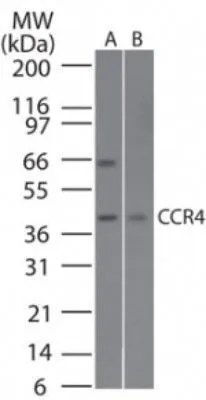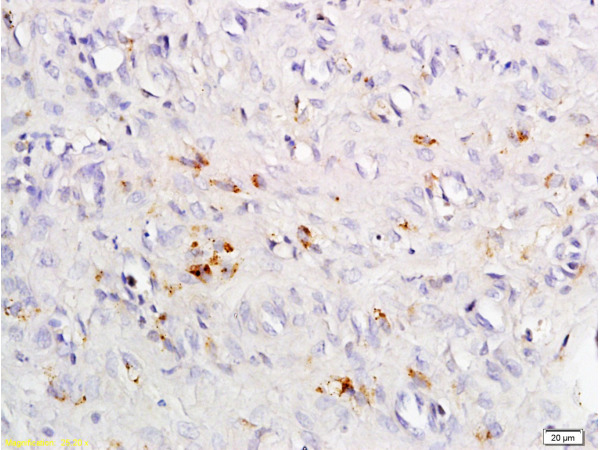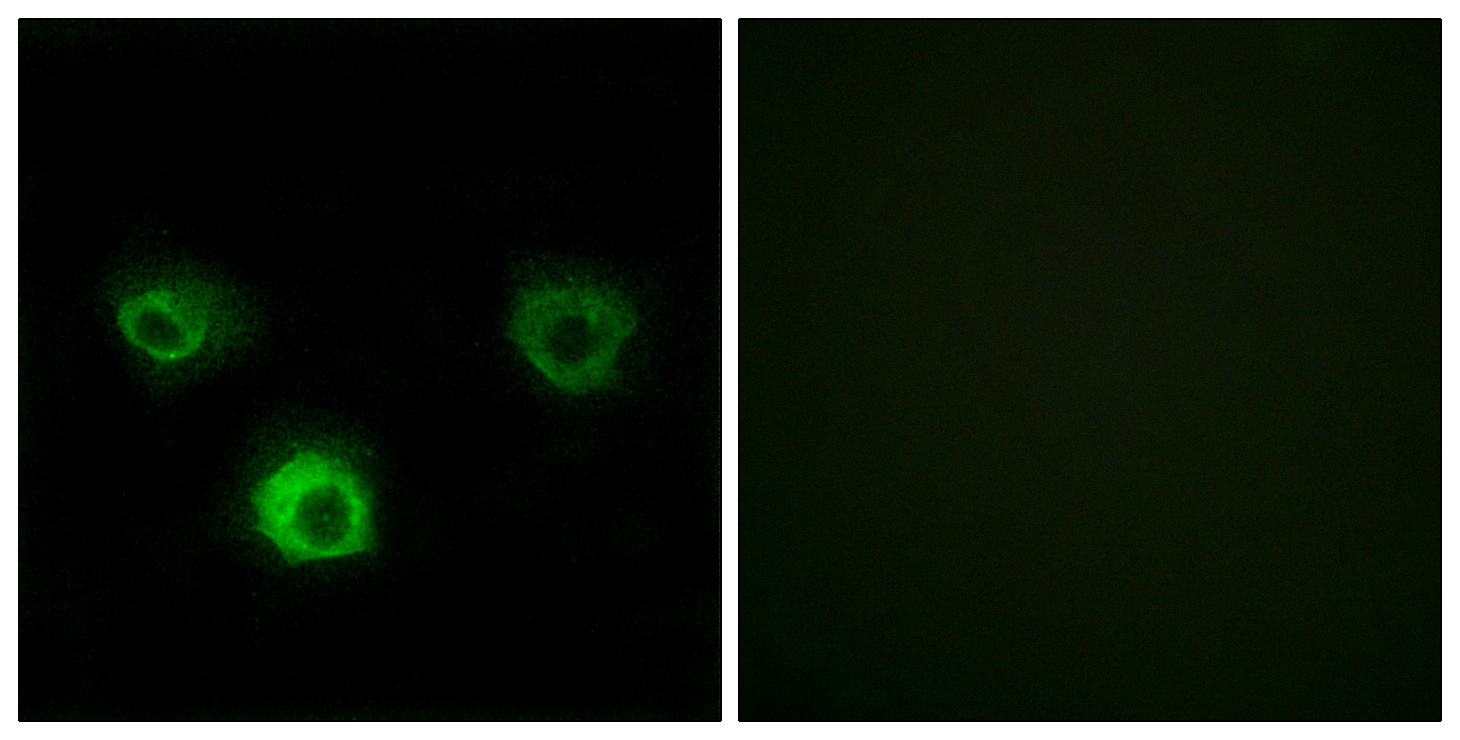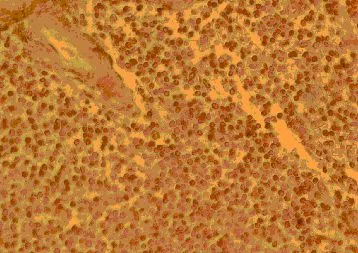
WB analysis of A) Daudi and B) NIH 3T3 cell using GTX53474 CCR4 antibody.
CCR4 antibody
GTX53474
ApplicationsImmunoFluorescence, Western Blot, ImmunoCytoChemistry
Product group Antibodies
TargetCCR4
Overview
- SupplierGeneTex
- Product NameCCR4 antibody
- Delivery Days Customer9
- Application Supplier NoteWB: 1 - 2 microg/ml. *Optimal dilutions/concentrations should be determined by the researcher.Not tested in other applications.
- ApplicationsImmunoFluorescence, Western Blot, ImmunoCytoChemistry
- CertificationResearch Use Only
- ClonalityPolyclonal
- Concentration0.5 mg/ml
- ConjugateUnconjugated
- Gene ID1233
- Target nameCCR4
- Target descriptionC-C motif chemokine receptor 4
- Target synonymsCC-CKR-4, CD194, CKR4, CMKBR4, ChemR13, HGCN:14099, K5-5, C-C chemokine receptor type 4, C-C CKR-4, CCR-4, chemokine (C-C motif) receptor 4, chemokine (C-C) receptor 4
- HostRabbit
- IsotypeIgG
- Protein IDP51679
- Protein NameC-C chemokine receptor type 4
- Scientific DescriptionThe protein encoded by this gene belongs to the G-protein-coupled receptor family . It is a receptor for the CC chemokine - MIP-1, RANTES, TARC and MCP-1. Chemokines are a group of small polypeptide, structurally related molecules that regulate cell trafficking of various types of leukocytes. The chemokines also play fundamental roles in the development, homeostasis, and function of the immune system, and they have effects on cells of the central nervous system as well as on endothelial cells involved in angiogenesis or angiostasis. [provided by RefSeq]
- Storage Instruction-20°C or -80°C,2°C to 8°C
- UNSPSC12352203
References
- Deng S, Jin P, Sherchan P, et al. Recombinant CCL17-dependent CCR4 activation alleviates neuroinflammation and neuronal apoptosis through the PI3K/AKT/Foxo1 signaling pathway after ICH in mice. J Neuroinflammation. 2021,18(1):62. doi: 10.1186/s12974-021-02112-3Read this paper
- Deng S, Sherchan P, Jin P, et al. Recombinant CCL17 Enhances Hematoma Resolution and Activation of CCR4/ERK/Nrf2/CD163 Signaling Pathway After Intracerebral Hemorrhage in Mice. Neurotherapeutics. 2020,17(4):1940-1953. doi: 10.1007/s13311-020-00908-4Read this paper







